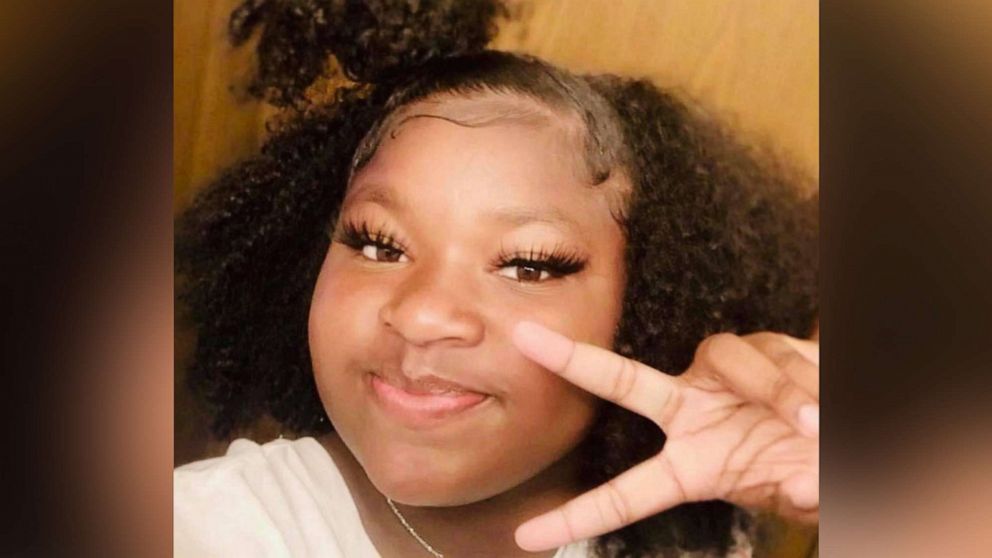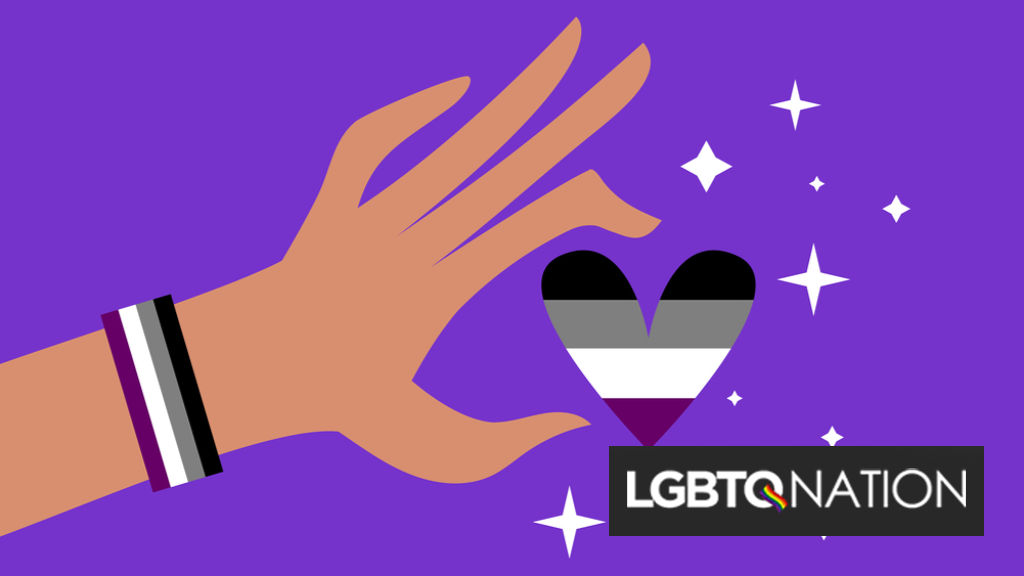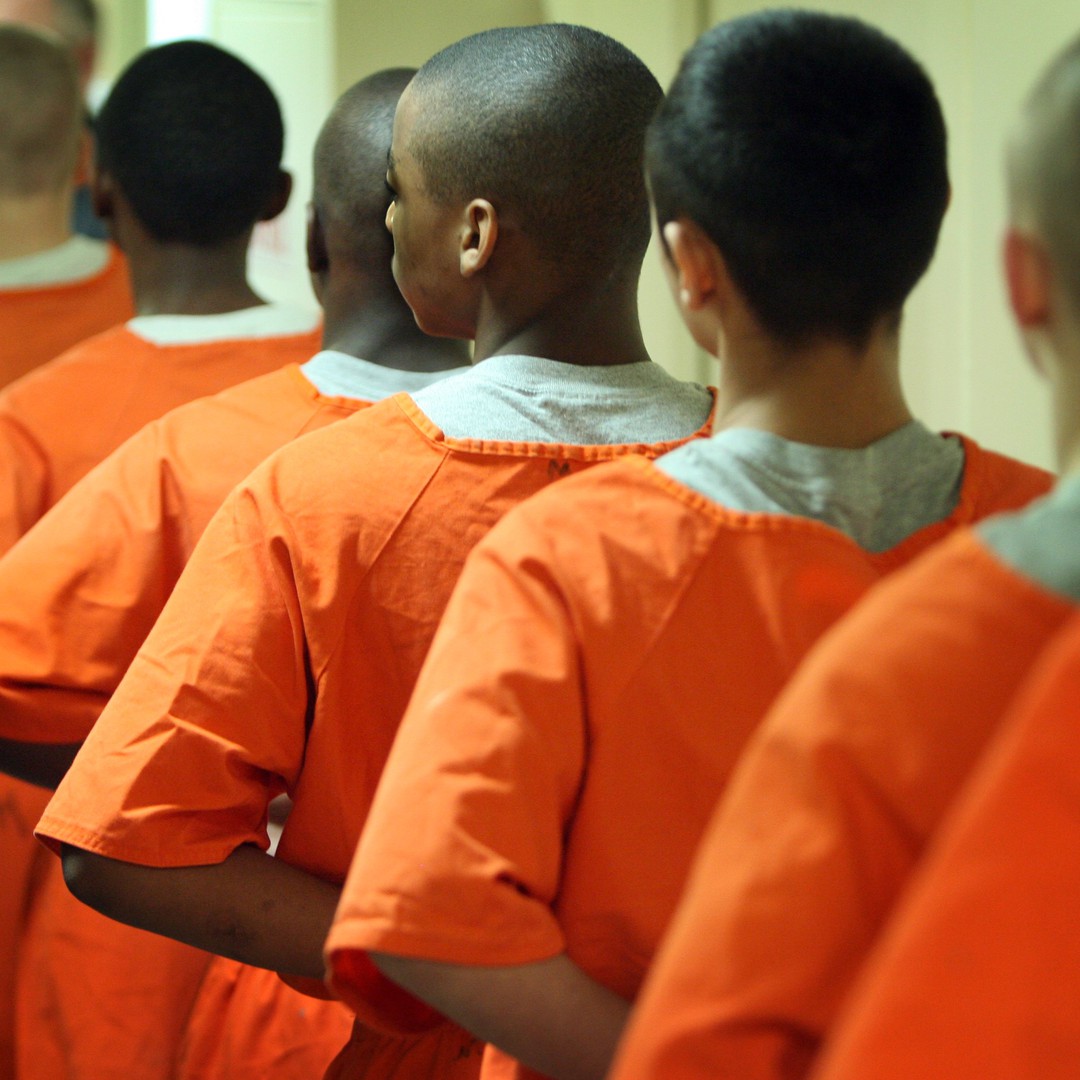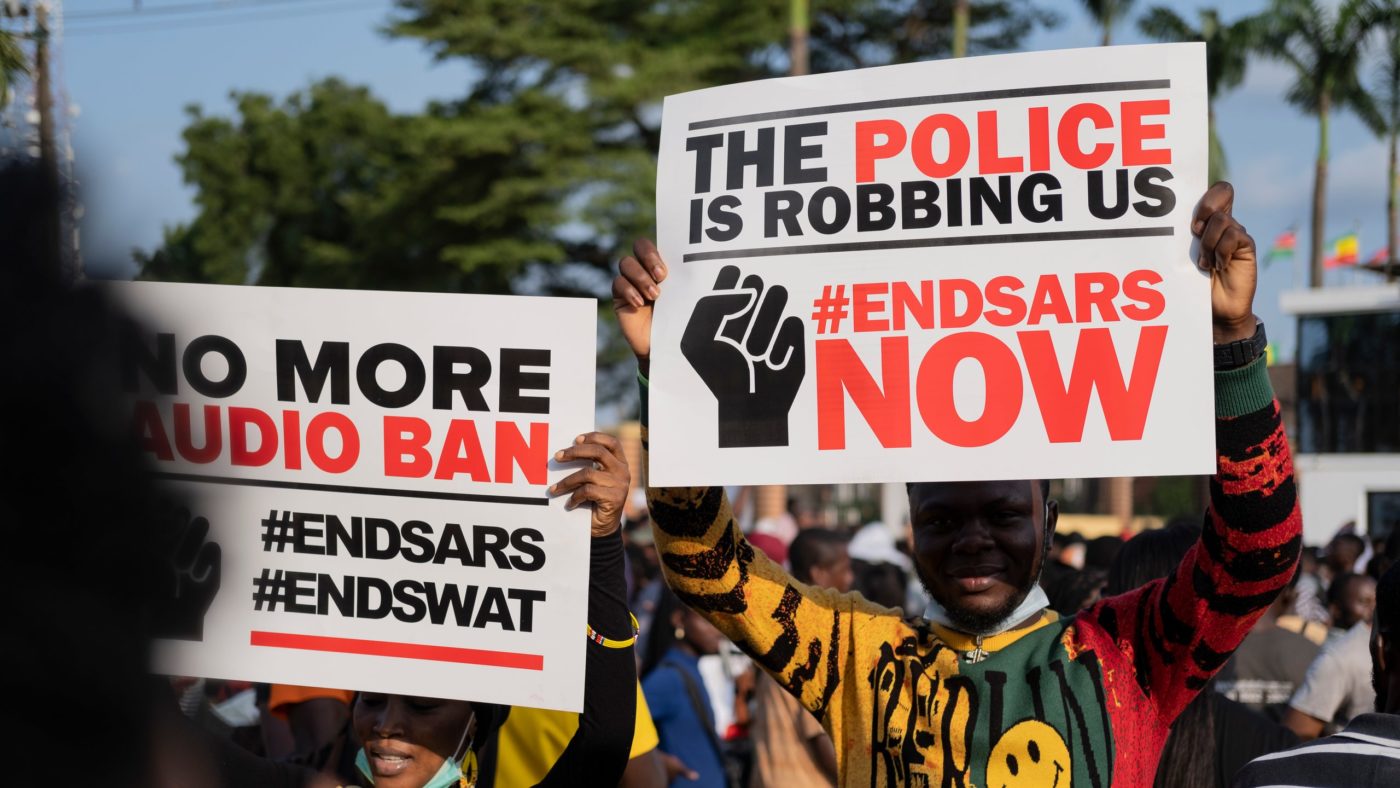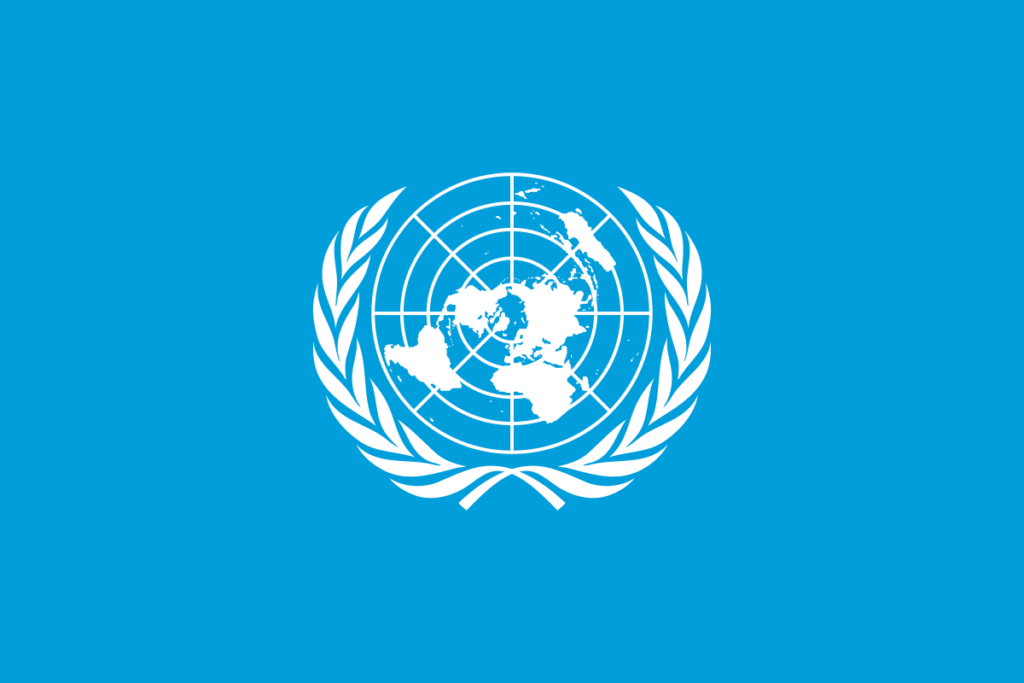
By Sarah Elmasry
Staff Writer
The 80th General Assembly of the United Nations began on September 9, 2025, with the general debate beginning on September 23, and ending on September 29. The theme of the general debate being; “Better Together: 80 years and more for peace, development, and human rights.” The annual UN General Assembly or UNGA in New York City serves as an important time of discussion for each of the 193 member states. The event begins in September every year, with the Assembly meeting at regular intervals until December.
U.S President Donald Trump critiqued the United Nations in his speech during the first day of the debate. The 47th President stated that “[He] ended seven wars, dealt with leaders of each and every one of these countries and never even received a phone call from the United Nations offering to help”. In the lead up to the General Assembly, many of the U.S’s allies formally recognized the sovereignty of a Palestinian State, a move that the Trump Admin does not seem happy with. However, no major uproar on the issue of Palestinian sovereignty took place. This year’s General Assembly was laden with technical difficulties, many of which were at the expense of the American President. Some of these malfunctions include a non-functional escalator, and teleprompter. Trump expressed his frustration in saying that “These are the two things I got from the United Nations: a bad escalator and a bad teleprompter”. These difficulties led to a flurry of conspiracy theories about supposed attempts to sabotage the President, however there is no evidence supporting these claims. Discussions throughout the UNGA so far, have included debates over Russia and Ukraine, as well as Israel and Palestine.
The recent General Debate came, and went without any major developments in global politics, or conflicts. However, it is notable to mention that the effort to recognize a formal Palestinian state was ultimately blocked by the U.S. Furthermore, many world leaders seem to be concerned with the U.N’s lack of involvement in global affairs. We shall see if this tone of frustration continues in the coming weeks. That was the UNGA General Debate, in conclusion.
https://www.politico.com/news/2025/09/28/trump-un-general-assembly-00583499
https://www.un.org/en/ga/
Image Link: https://commons.wikimedia.org/wiki/File:Flag_of_the_United_Nations.svg

